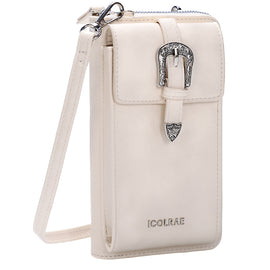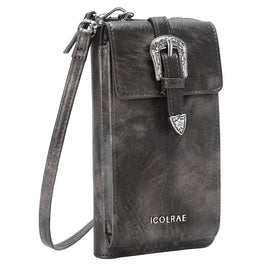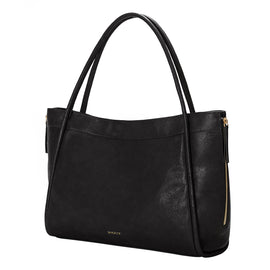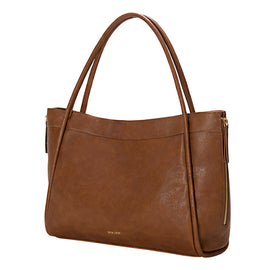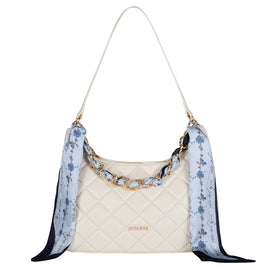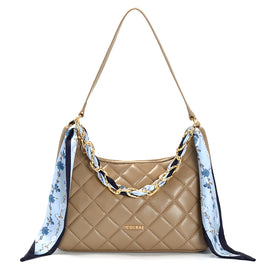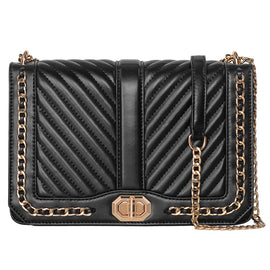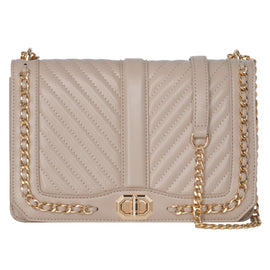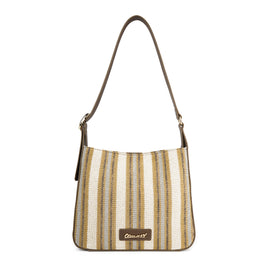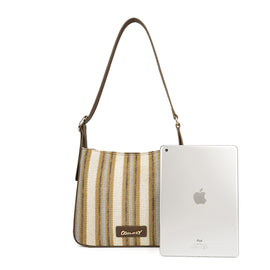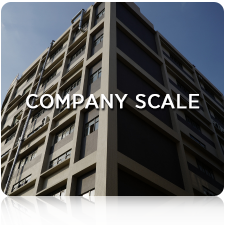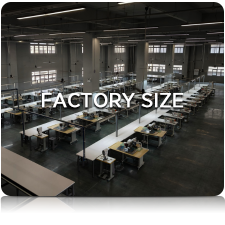Is Your Brand Ready for Sustainable Production?
In the luxury fashion world, sustainability is no longer an optional marketing add-on—it is fast becoming a core business requirement. Luxury consumers, especially younger generations, expect brands to not only create visually stunning products but also prove that these products are ethically made and environmentally responsible.
Yet the question remains: how much of the luxury industry’s “sustainable” label is genuine, and how much is just a polished façade?
1. The Illusion of Labels: “Made in Italy” and Beyond
Luxury branding often relies on origin labels like “Made in Italy” or “Made in France,” which evoke craftsmanship, heritage, and exclusivity. However, in practice, these labels can be misleading.
Take Balenciaga as an example: while many of its bags proudly bear the “Made in Italy” mark, the brand—like many in the luxury sector—does not fully disclose its supply chain partners. In most cases, the label refers to final assembly in Italy, while components may be sourced from Portugal, China, or Tunisia. This lack of full traceability makes it difficult for consumers to verify whether the entire production process meets consistent ethical and environmental standards.
Similarly, Louis Vuitton manufactures certain iconic materials in Spain and the U.S., with final assembly in France, and Prada often sources leather from South America before producing in Italy. The luxury image remains intact, but the supply chain tells a more complex story.
2. Transparency: A Growing Pressure on Luxury Brands
Transparency in luxury manufacturing is slowly improving, but there’s still a long way to go. The Fashion Transparency Index 2023 found that while luxury brands are starting to disclose more about their supply chains, the average public disclosure rate remains under 30%.
Some brands are leading the way:
-
Stella McCartney publishes detailed supplier lists, material sourcing data, and annual environmental reports.
-
Burberry has committed to carbon neutrality and releases audited sustainability performance reports.
-
Gucci has implemented a blockchain-based traceability system for its products.
3. Luxury Brand Supply Chain Comparison Table
| Brand | Public Supplier List | Origin Label Accuracy | Material Transparency | Third-Party Certification | Notable Sustainability Initiatives |
|---|---|---|---|---|---|
| Balenciaga | No | Partial (final assembly only) | Low | No | Limited disclosure, some recycled materials |
| Louis Vuitton | No | Partial | Low | No | Renewable energy goals in operations |
| Stella McCartney | Yes | High | High | Yes (GRS, FSC, etc.) | Fully vegan brand, regenerative agriculture |
| Gucci | Limited | Moderate | Medium | Yes (LEED, ISO 14001) | Carbon neutral, blockchain traceability |
| Hermès | No | Partial | Medium | No | Testing mushroom-based leather (Sylvania) |
4. Sustainability Beyond Buzzwords: Real Initiatives in Luxury
While some sustainability claims are superficial, a growing number of luxury houses are making structural changes:
-
Chanel – Nevold: recycling waste leather into hybrid materials.
-
Coach – Coachtopia: circular line made from leftover materials, designed for disassembly.
-
Gucci – Investing in regenerative agriculture for raw material sourcing.
-
Hermès – Experimenting with mycelium-based leather.
These initiatives show that true sustainability means changes to materials, processes, and product design, not just marketing slogans.
5. Sustainable Bag Production Process (HerminFashion Model)
Step 1 – Raw Material Sourcing
-
Select GRS-certified recycled fabrics, plant-based leather alternatives, and low-impact dyes.
Step 2 – Material Certification & Traceability
-
Verify supplier compliance (GRS, FSC, OEKO-TEX) and document full chain of custody.
Step 3 – Ethical Manufacturing
-
Minimize waste through optimized cutting yield and recycling scrap materials.
-
Ensure safe, fair working conditions audited by third parties.
Step 4 – Energy & Water Efficiency
-
Implement renewable energy usage and closed-loop water systems where possible.
Step 5 – Packaging & Logistics
-
Use FSC-certified paper packaging and optimize shipment loads to cut emissions.
Step 6 – Client Documentation
-
Provide full sustainability reports for each production run, enabling brand transparency.
6. The Commercial Case for True Sustainability
-
Consumer demand: 70% of luxury buyers under 35 consider sustainability before purchase (Bain & Company, 2022).
-
Regulation: The EU’s Green Claims Directive will penalize brands for unverified environmental claims.
-
Investor influence: Shareholders increasingly demand ESG compliance from luxury groups.
7. HerminFashion: Your Transparent OEM Partner for Sustainable Luxury
At HerminFashion, we provide luxury brands with more than just manufacturing—we deliver traceable, certified, and eco-conscious bag production at scale.
-
Full Supply Chain Traceability – End-to-end documentation from raw material to finished product.
-
Certified Materials – GRS, FSC, OEKO-TEX approved sustainable materials.
-
Custom OEM Solutions – Tailored to meet luxury brand quality and sustainability goals.
-
Ethical Practices – Safe working conditions and minimal environmental footprint.
By partnering with HerminFashion, luxury labels can transform sustainability into a tangible value proposition without compromising on craftsmanship or exclusivity.
Conclusion
Sustainability in luxury isn’t just a trend—it’s a long-term strategy for brand resilience and consumer trust. From blockchain tracking to regenerative materials, the shift is happening. The question is: is your brand ready?
HerminFashion stands ready to help you make sustainability real—authentic, certified, and luxury-grade.

